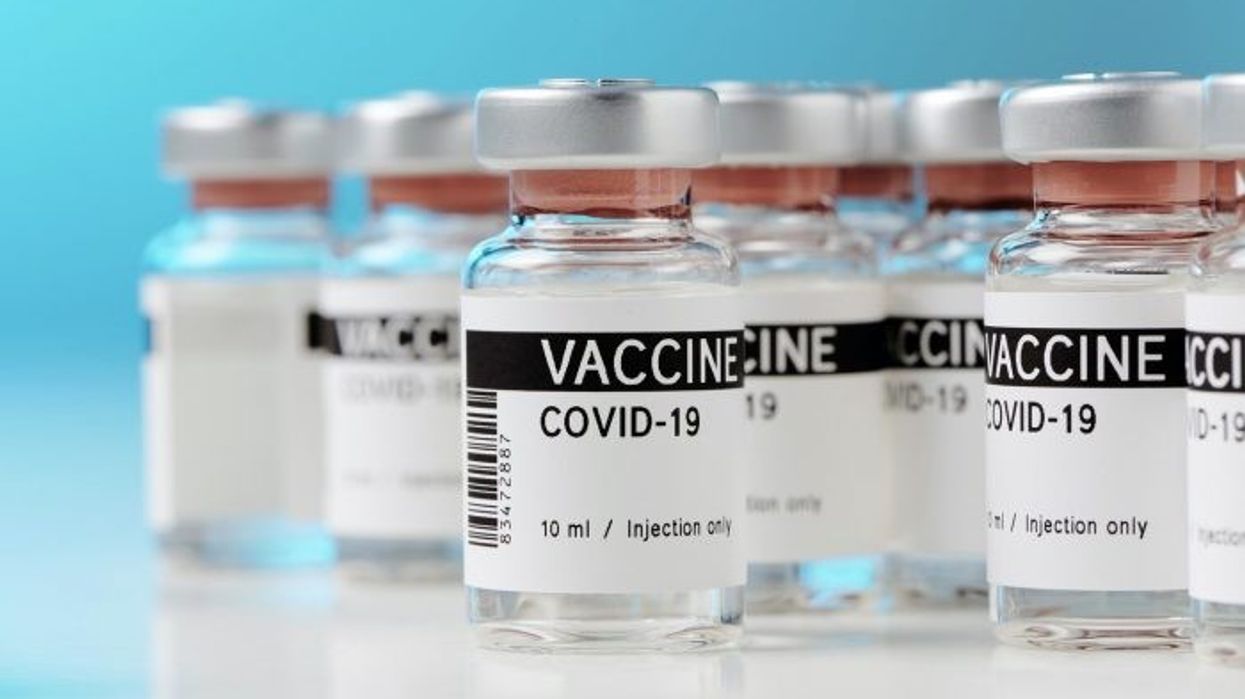Following a steady decline in COVID hospitalizations and ICU cases, the Ontario government has announced sweeping changes to current public health measures, to take effect at the stroke of midnight on February 17.
In consultation with the Chief Medical Officer of Health, the province will be drastically scaling back social gathering limitations for private and public events, removing capacity limits for a whole slew of establishments including restaurants, sports and recreational fitness facilities.
“Given how well Ontario has done in the Omicron wave we are able to fast track our reopening plan,” said Premier Doug Ford. “This is great news and a sign of just how far we've come together in our fight against the virus. While we aren’t out of the woods just yet we are moving in the right direction.”
“Thanks to the province’s high vaccination rates and the continued sacrifices of Ontarians, we are now in a position where we can move forward in our plan earlier than anticipated,” said Christine Elliott, Deputy Premier and Minister of Health. “With hospitalizations and ICU admissions continuing to decline, we are committed to maintaining a gradual and cautious approach to protect our hospital capacity and ensure patients can access the care they need when they need it.”
Read: Canadian Business Insolvencies Just Hit a 35-Year High
The news follows the lifting of Directive 2 on February 10, allowing the “gradual and cautious” resumption of non-urgent and non-emergent surgeries and procedures across the province. Public health also reports that since the province entered the modified Step 2 on January 3, over 202,000 Ontarians have received a first dose, and more than 2,575,000 Ontarians have received their booster.
As of 12:01 a.m. on February 17, the following restrictions will lift:
- Increasing social gathering limits to 50 people indoors and 100 people outdoors
- Increasing organized public event limits to 50 people indoors, with no limit outdoors
- Removing capacity limits in the following indoor public settings where proof of vaccination is required, including but not limited to:
- Restaurants, bars and other food or drink establishments without dance facilities
- Non-spectator areas of sports and recreational fitness facilities, including gyms
- Cinemas
- Meeting and event spaces, including conference centres or convention centres
- Casinos, bingo halls and other gaming establishments
- Indoor areas of settings that choose to opt-in to proof of vaccination requirements.
- Allowing 50 per cent of the usual seating capacity at sports arenas
- Allowing 50 percent of the usual seating capacity for concert venues and theatres
- Increasing indoor capacity limits to 25 per cent in the remaining higher-risk settings where proof of vaccination is required, including nightclubs, restaurants where there is dancing, as well as bathhouses and sex clubs
- Increasing capacity limits for indoor weddings, funerals or religious services, rites, or ceremonies to the number of people who can maintain two metres physical distance. Capacity limits are removed if the location opts-in to use proof of vaccination or if the service, rite, or ceremony is occurring outdoors.
Capacity limits in other indoor public settings, such as grocery stores, pharmacies, retail and shopping malls, will be maintained at, or increased to, the number of people who can maintain two metres physical distance.
The province is also expanding the age eligibility for booster shots to the 12 - 17 age group, approximately six months after a second dose.
Proof of Vaccination to be Dropped on March 1
Should public health and system indicators continue to head in the right direction, the province will take even greater measure to roll back restrictions on March 1; capacity limits on all indoor public settings will be lifted, along with proof of vaccination requirements to enter.
However, the province clarifies that business and other private settings may choose to require proof of vaccination. While masking requirements will remain in place for the time being, a plan to lift that measure is to be communicated in the near future.
“Thanks to the efforts of Ontarians to help blunt the transmission of Omicron, our health care indicators suggest a general improvement in the COVID-19 situation in the province,” said Dr. Kieran Moore, Chief Medical Officer of Health. “We are now in a position to lift more public health measures, but it is important to stay vigilant, as we don’t want to cause any further disruption to people’s everyday lives. We must continue to prevent the transmission of COVID-19 in our communities by following the measures in place and by vaccinating those who have not yet received their doses.”





















